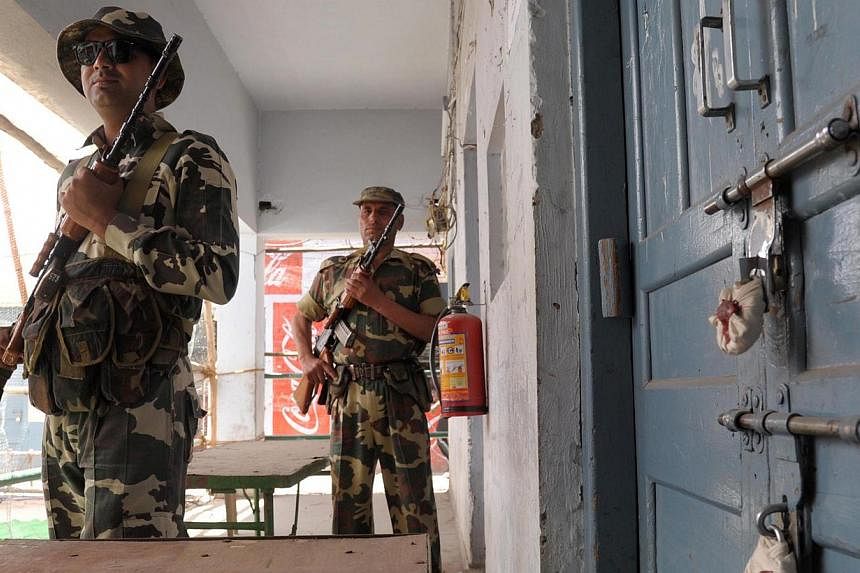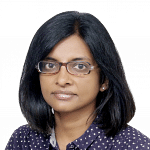NEW DELHI - Counting of votes began on Friday in India which the opposition Bharatiya Janata Party (BJP) is tipped to emerge as the party with largest number of seats.
The mood in the country was electric as India's independent Election Commission started tallying votes cast on the Electronic Voting Machines, in 989 counting centres across the country.
The EVM machines, kept under tight security, were unsealed to count votes of over 500 million people in what has been the biggest democratic exercise in the world.
The BJP is expected to come to power, ending a decade of Congress rule which was characterised in its second five year term by a series of corruption scandals and poor governance as the country's fast paced economic growth slowed to below five per cent. The party is already making preparations for celebrations ordering sweets and firecrackers to celebrate the occasion when final results are announced later in the evening.
India's massive electoral process started off on April 7 and concluded five weeks later on May 12 in a nine phase election with over 814 million people eligible to vote. A record 66.38 per cent voter turnout was witnessed, besting the 64 per cent turnout in 1984 when Indians, moved by the assassination of sitting Prime Minister Indira Gandhi, came out in large numbers to vote for her party.
In 2014 too, people thronged the polling booths, despite rising temperatures across the plains, queuing patiently for hours to caste their vote in an atmosphere charged up by Hindu nationalist BJP's prime ministerial hopeful Narendra Modi. The pro-business Mr Modi dominated the election discourse rolling out a massive publicity campaign promising "good times ahead" if his government came to power. The ruling Congress, which had been in power for a decade, was unable to match up to the BJP's campaign with the electoral discourse descending to name calling by the top leaders.
These elections were also characterised by a large number of young voters with more than a 100 million voters exercising their franchise for the first time.
All political parties, including traditional regional parties, made an effort to woo the young by taking their campaigns beyond road shows and public meetings on to social media websites like Facebook and Twitter.



